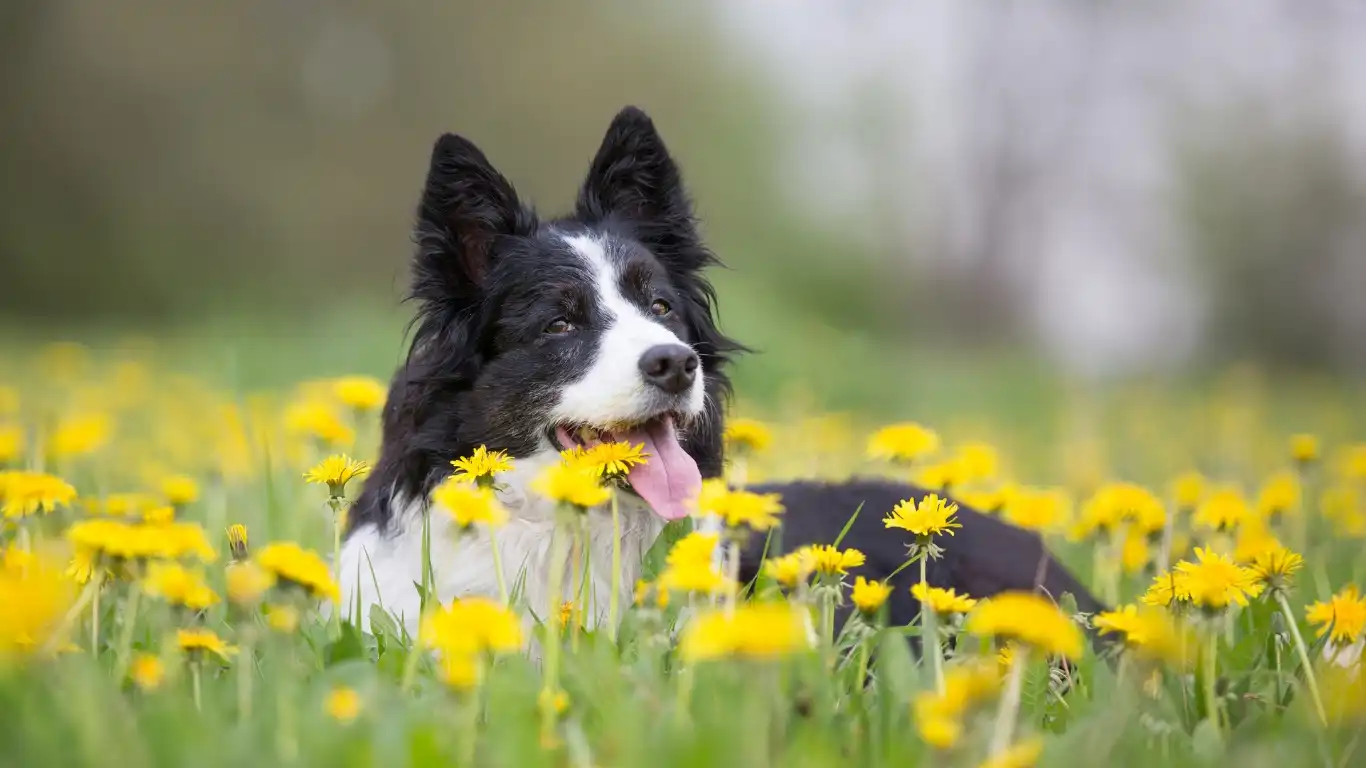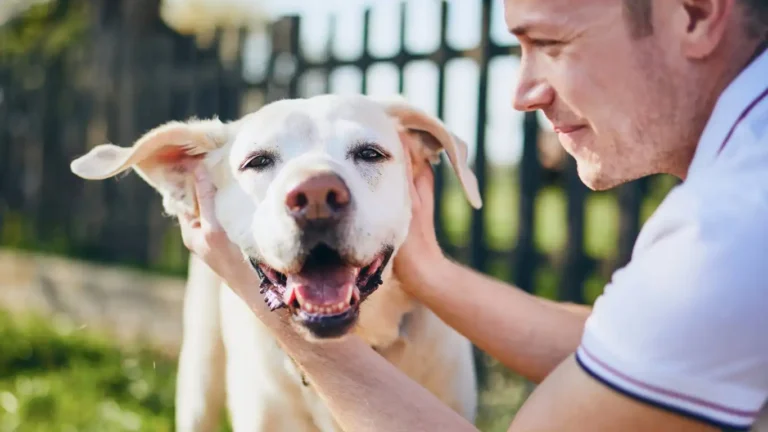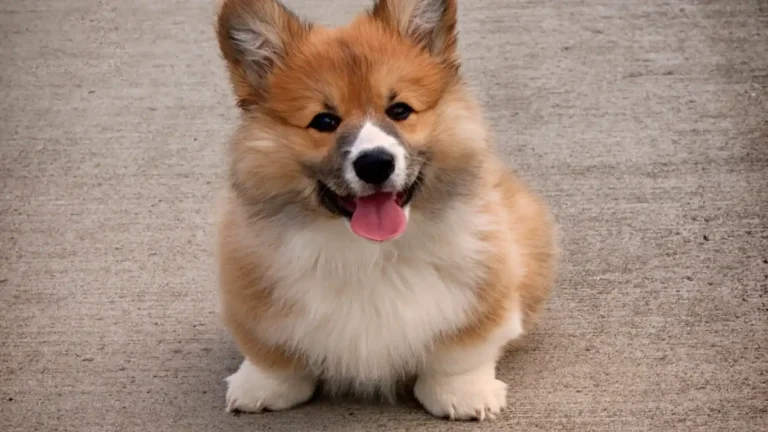Best Dog Chew Bones: How to Choose the Right Type for a Healthy, Happy Pup
Let’s talk about how to choose the right type of dog chew bones. If you’re anything like me—someone who’s spent years as a Veterinary Technician/Nurse with a special focus on pet nutrition—you know the chew aisle at the pet store can feel like a wild jungle of options. Rawhide, natural, rubber, flavored, dental, antlers, yak milk… it’s overwhelming, right? I’ve had countless pet parents ask me, “Which chew is best for my dog?” And honestly, there’s no one-size-fits-all answer. But with a little guidance (and some insight from the vet world), you can make chew-time both safe and beneficial for your pup.
Why Chew Bones Matter for Dogs
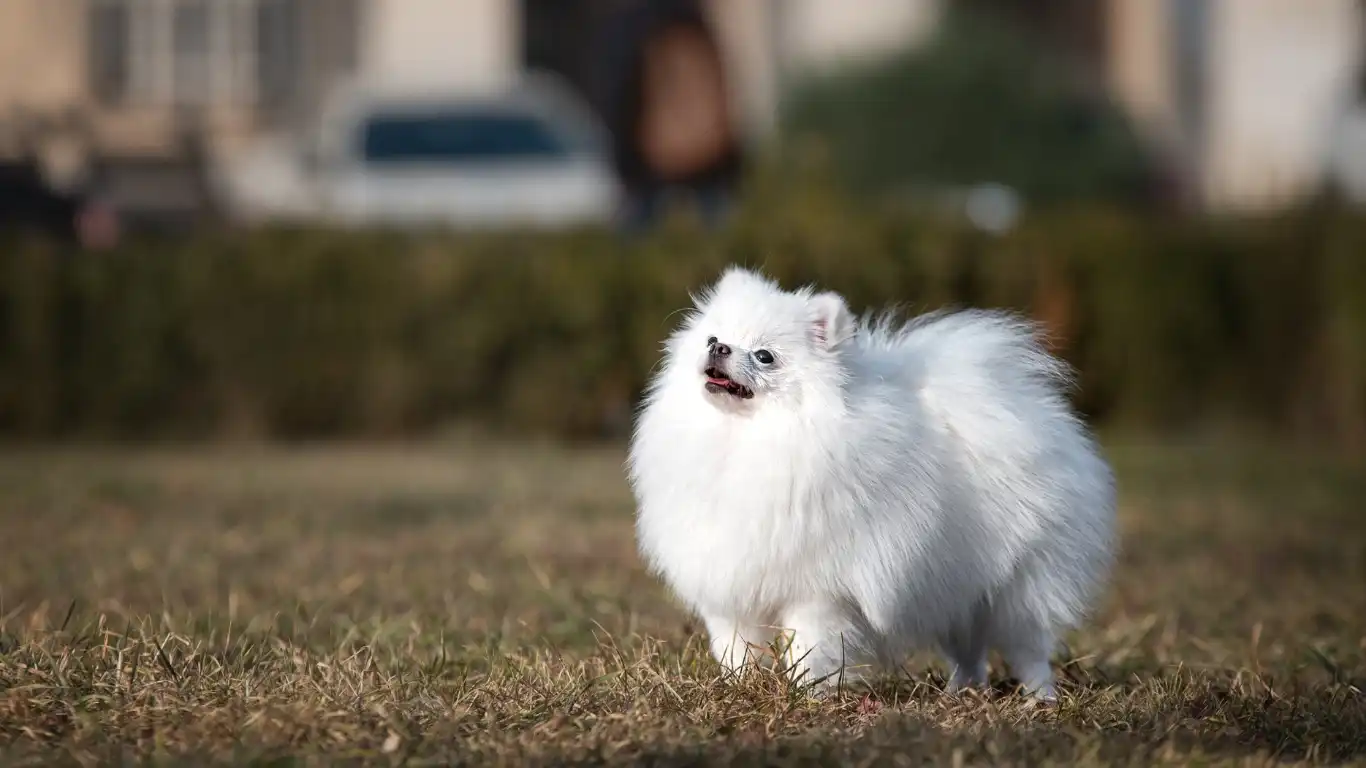
Chewing is way more than just a pastime for dogs. It’s instinctual. Puppies chew to explore the world and soothe teething pain. Adults chew to relieve boredom and anxiety. And senior dogs—well, they just love a good gnaw. The right chew can actually help clean teeth, promote jaw health, and even provide much-needed mental stimulation. But, and this is a big but, not all chew bones are created equal.
Health Benefits of the Right Chew
- Dental Health: Some chews help reduce tartar and plaque buildup.
- Mental Enrichment: Keeps your dog busy and less likely to destroy your shoes or couch.
- Stress Reduction: Great for anxious or high-energy dogs.
I’ve seen firsthand how switching to the right chew transformed dogs’ behaviors—less anxiety, better oral health, and even improved digestion in some cases (because they weren’t gulping down the wrong kind of treats anymore!).
Types of Dog Chew Bones: What’s Out There?

Alright, let’s break down the main types of dog chew bones you’ll come across. This is where things get interesting—and a little tricky.
1. Rawhide Chews
Rawhide is a bit controversial. Some dogs love it, but not all rawhide is safe. The cheap stuff? Often full of chemicals or made in places with sketchy safety standards. I’ve pulled rawhide blockages from more dogs than I can count—it’s not pretty.
My advice: If you do go rawhide, look for products labeled “digestible” and made in the USA. Also, always supervise chewing time. Always.
2. Natural Bones (Marrow, Knuckle, etc.)
These are the ones that look like actual bones—because they are. Dogs adore them, but there are risks. Cooked bones can splinter, and even raw ones can break teeth or harbor bacteria. I’ve had clients rave about how their dogs are occupied for hours with a knuckle bone, but others end up in the ER with cracked molars.
Pro tip: Go raw and size-appropriate. Never give cooked bones. And again… supervision is key.
3. Dental Chews
These are designed to clean your dog’s teeth while they chew. Think Greenies, Whimzees, or Vet-recommended brands. I personally love recommending these to clients whose dogs don’t tolerate brushing well. Some even come with VOHC (Veterinary Oral Health Council) approval, which is a nice bonus.
Downside? Some dogs finish them in five seconds. If your dog’s a power chewer, these might not cut it.
4. Antlers and Horns
Nature’s chew toy—or a dental disaster? I’ve seen both. Antlers are durable and long-lasting, but they’re hard. Like, rock-hard. While some dogs do fine with them, others end up with fractured teeth.
If you go this route: Choose split antlers (softer inside), and avoid them entirely if your pup’s an aggressive chewer. Trust me, a root canal is not fun—for you or your wallet.
5. Yak Milk Chews
These are relatively new to the chew scene and super popular with holistic pet parents. Made from yak and cow milk, they’re dense, tasty, and usually digestible. I’ve had several clients swear by them, especially for dogs with sensitive stomachs.
Watch out for: choking hazard when they get too small. A good trick is to microwave the end bits to puff them up into a crunchy snack!
How to Choose the Right Type of Dog Chew Bones for YOUR Dog

This is where your dog’s age, size, chewing style, health, and even diet all come into play. It’s not just about what’s trendy or what’s on sale. As someone who’s spent years consulting with vets and pet parents alike, I always tell folks to consider these five factors before choosing a chew.
1. Your Dog’s Age
Puppies need softer, teething-friendly chews. Older dogs may need more dental support and softer options due to sensitive teeth or gum issues.
2. Size & Breed
A Great Dane and a Chihuahua are worlds apart in chew needs. Size the chew appropriately. Too small? It’s a choking risk. Too large? They might give up or hurt their jaw.
3. Chewing Style
Is your dog a gentle nibbler or a full-on destroyer? You’d be surprised how many chews “approved for tough chewers” just disintegrate with some determined jaws. If your dog is a power chewer, go for heavy-duty options—think rubber-based or solid yak chews.
4. Health Conditions
Dogs with kidney disease shouldn’t have high-protein chews like pig ears. Overweight dogs may need low-calorie options. Allergies? Avoid chews with chicken, beef, or dairy if that’s a trigger. Always consult your vet for guidance if your dog has a medical condition.
5. Ingredient Transparency
If you can’t pronounce it, maybe skip it. Go for chews with minimal, natural ingredients. Bonus if the brand offers third-party testing or sourcing transparency. You deserve to know what your dog is putting in their mouth.
Alright—breathe. That’s a lot of info, I know. But understanding all of this really is key to making the best call for your furry best friend. Don’t worry, we’ll go deeper into how to match specific chew types to your dog’s personality, vet-approved brands I’ve seen work wonders, and red flags to watch for as we go further.
Common Mistakes When Choosing Dog Chew Bones

So, now that we’ve covered the basics of how to choose the right type of dog chew bones, let’s talk about what *not* to do. Because honestly, some of the most well-intentioned pet parents end up with not-so-great results simply because they didn’t know what to look out for. I’ve seen it too many times during clinic visits—dogs coming in with stomach issues, cracked teeth, or even scary obstructions from something as simple as a bone gone wrong.
1. Choosing Based on Price Alone
I get it—pet supplies can get pricey. But those dollar-store chew bones? They often come loaded with artificial dyes, preservatives, or worse—no indication of where they were made or what’s in them. You wouldn’t want to eat mystery meat, right? Same goes for your pup.
Pro tip: Invest in quality. It’ll save you vet bills in the long run. Trust me, I’ve seen $3 chews turn into $3,000 surgeries.
2. Ignoring the Ingredient Label
If the label reads more like a chemistry quiz than a food item, that’s a red flag. Ingredients like BHA, BHT, and artificial flavorings are a no-go in my book. I always tell clients: If you wouldn’t eat it, don’t let your dog chew it.
3. Not Replacing Chews When Worn
Even the toughest chew will wear down over time. I’ve had dogs choke on the final inch of a bully stick or crack a tooth on a worn-down antler. Keep an eye on their favorite bones and know when it’s time to toss and replace.
Vet-Recommended Chew Bone Options

As someone who’s worked closely with veterinarians for years, I’ve got a mental Rolodex of tried-and-true brands and products that consistently deliver. Here are some that get the green light more often than not—both from vets and picky pups.
1. Virbac C.E.T. VeggieDent
These are a hit for dogs who need a dental boost but have sensitive tummies. Plant-based, VOHC-approved, and pretty digestible. I used to keep a stash at the clinic for dogs who were nervous before exams—it worked wonders as a distraction.
2. Benebone (for Power Chewers)
These aren’t edible, but they’re built to last. Made in the USA with real flavor infusions like bacon or peanut butter. Great for aggressive chewers who destroy softer treats in seconds. Just be mindful—Benebones should always be used under supervision and tossed once they’re chewed down too far.
3. Whimzees Dental Chews
Vegetarian, fun shapes, and they clean teeth while your dog chews. These are my go-to recommendation for smaller dogs who like a longer-lasting treat. Plus, they come in cute toothbrush shapes which makes for adorable photo ops. (Don’t judge me—I totally have an album just for cute clinic dogs.)
4. Himalayan Yak Chews
Still loving the yak trend. Long-lasting and less smelly than bully sticks. They’re also low-fat and high-protein—perfect for pups with weight issues. A client of mine with a senior Lab swears by these. And she swears even harder by the microwave trick once it gets too small!
Signs Your Dog’s Chew Bone Isn’t a Good Fit

Let’s say you’ve picked a bone you *thought* was a good match, but now something feels off. Pay attention—dogs will tell you when something’s wrong, but sometimes you’ve got to know what signs to look for. I’ve had dogs come into the clinic lethargic, refusing food, or just “off,” and the culprit? A chew that didn’t sit well.
Red Flags to Watch
- Vomiting or Diarrhea: Usually means something didn’t agree with them. Could be ingredients or bacterial contamination.
- Bleeding Gums: If you see blood on the bone or their teeth, it’s time to reassess. Some chews are just too hard.
- Fractured Teeth: Yep, chews can cause this. Especially those super hard ones like antlers or hooves.
- Choking or Gagging: If the chew breaks into small, sharp pieces—get rid of it. Immediately.
If any of this happens, take the chew away and consult your vet. It’s not about being overprotective—it’s about being smart. I’ve seen too many “just a small piece” incidents turn into emergency room visits.
Chewing Safety Tips: Keep It Safe, Keep It Fun
Okay, now let’s talk safety. Because even the best chew can become dangerous if not used properly. Here are a few non-negotiables I always recommend to every pet parent I work with.
Supervise, Supervise, Supervise
Don’t just toss a new chew to your dog and walk away. Especially the first few times. Observe how they handle it. Are they gulping big chunks? Gnawing responsibly? Getting too intense? That tells you a lot about whether the chew is a match.
Size Matters
Always choose a chew that’s larger than your dog’s mouth. It should be big enough they can’t just swallow it whole but small enough to hold comfortably. If in doubt, size up.
Know When to Toss It
If the chew is worn down, splintered, or small enough to choke on—time to say goodbye. Your dog might not agree, but trust me, it’s the right call.
Rotate Chew Types
Don’t be afraid to mix it up! Different textures and materials offer different benefits and prevent boredom. Just like we don’t want to eat the same thing every day, your dog appreciates variety too.
Chewing should be a positive experience—for both of you. When done right, it’s an amazing way to support dental health, satisfy natural instincts, and keep your pup mentally sharp and physically engaged. And when done wrong? Well… let’s just not go there.
Matching Dog Chew Bones to Your Dog’s Personality & Lifestyle
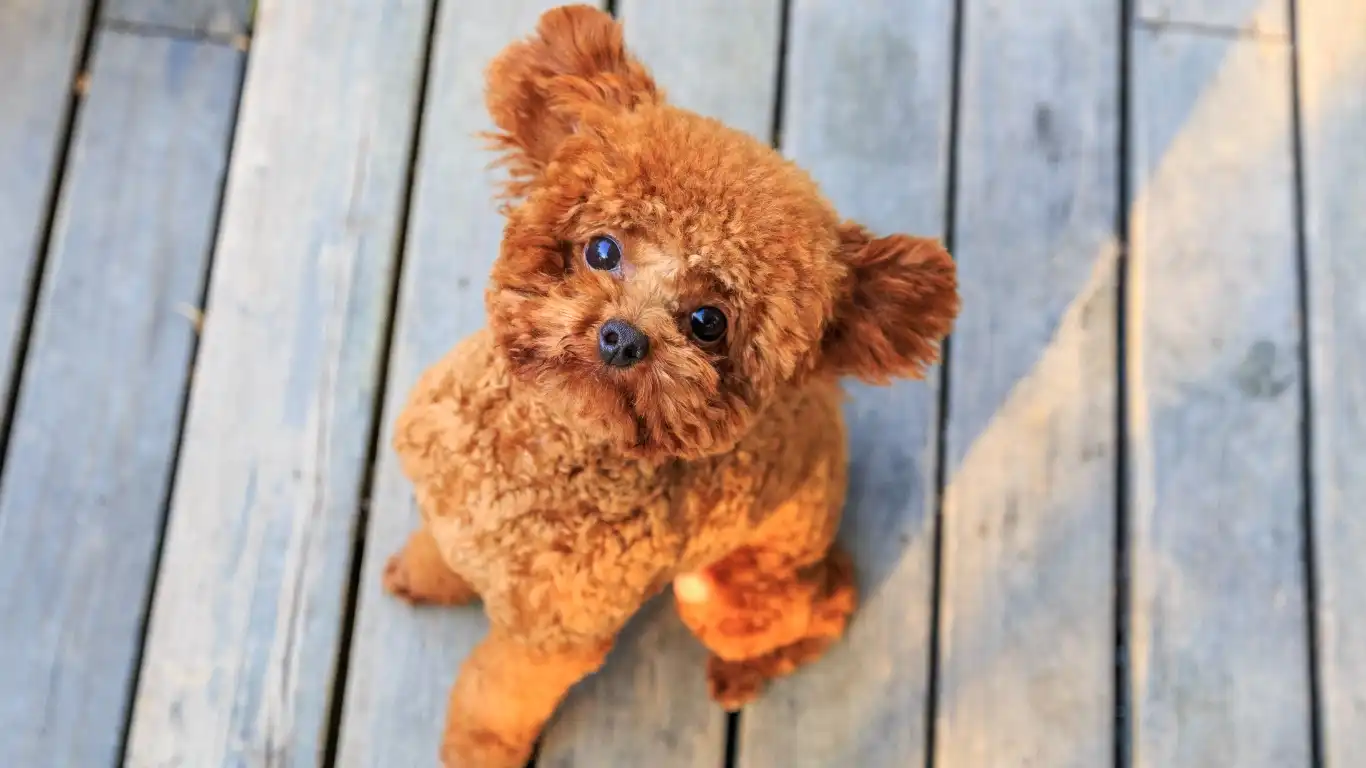
By now, you’ve probably figured out that how to choose the right type of dog chew bones isn’t as simple as grabbing the first thing you see in the pet aisle. It’s a mix of observation, experience, and a little bit of trial and error. But here’s the fun part—figuring out what truly suits your dog’s personality and lifestyle.
Over the years, I’ve worked with hundreds of dogs, each with their own quirks. Some are dainty chewers who nibble like little gentlemen, others chew like they’re trying to win a competition. Your dog’s energy levels, daily routine, and even their “chew mood” can affect what’s best for them.
1. The Power Chewer
These dogs are the demolition crew. I’m talking Pitties, Boxers, Labs—dogs who destroy tennis balls in minutes. For these pups, durability is non-negotiable.
- Best Picks: Benebone, Nylabone Dura Chew, heavy-duty rubber toys like KONG Extreme
- Avoid: Soft chews, rawhide, anything that breaks into sharp pieces
2. The Gentle Nibbler
These are your sweet, soft-mouthed pups—often smaller breeds or older dogs. They enjoy the act of chewing but won’t destroy furniture to do it.
- Best Picks: Dental chews, soft rubber toys, rice-based chews, Whimzees
- Avoid: Bones that are too hard, antlers, hooves
3. The Bored Chewer
Ever had a dog who starts chewing when they’re left alone or bored? Yep, they need mental stimulation as much as they need physical exercise.
- Best Picks: Puzzle toys that dispense treats, yak chews that last hours, raw bones (under supervision)
- Avoid: One-and-done chews they finish in seconds
4. The Sensitive Stomach Pup
These dogs make life interesting. You give them a new chew and end up steam-cleaning your carpet 30 minutes later. I’ve seen this a lot with high-protein or fatty chews like pig ears or certain bully sticks.
- Best Picks: Limited-ingredient dental chews, plant-based options like VeggieDent, yak milk chews in small doses
- Avoid: Rich, greasy chews and anything processed with heavy flavorings
How Often Should You Give Your Dog a Chew Bone?

This is a question I get all the time—and like most things in pet care, it depends. Frequency depends on your dog’s age, health, diet, and how long they take to work through their chew.
General Guidelines
- Puppies (under 6 months): 1-2 supervised chew sessions per day, 10–15 minutes each
- Adult dogs: Once a day is usually fine, especially if it’s a dental chew or enrichment toy
- Senior dogs: Less frequent, especially if they have dental issues. Softer chews recommended
Important: Always adjust meals accordingly. Chews have calories too! If you’re watching your dog’s weight (or trying to help them shed a few), factor in chew treats when you plan their daily intake.
When to Talk to Your Vet About Chew Bones
Even if you’ve done all the research and picked a high-quality, vet-approved chew, there are times when things just don’t go as planned. Don’t feel bad—every dog is different, and sometimes even the best picks don’t work out. But here’s when you should definitely check in with your vet:
Red Flags That Deserve a Call
- Your dog is vomiting or having diarrhea after chewing
- You notice broken teeth or bleeding from the mouth
- Your dog’s not eating or acting lethargic after chewing
- The chew caused choking, gagging, or signs of obstruction (e.g., bloated belly, straining to poop)
It’s always better to be cautious. And your vet will appreciate that you’re being proactive rather than reactive. In my years in the clinic, I’d always rather have a client ask “Is this normal?” than wait until it becomes an emergency.
Final Thoughts on Choosing the Right Dog Chew Bone
If there’s one big takeaway from all of this, it’s that chews aren’t just treats—they’re tools. Tools for better dental health, better behavior, and happier, healthier dogs. But they only work when chosen thoughtfully, used safely, and matched properly to your dog’s needs.
My advice? Stay curious. Read labels. Try a few options and observe. And when in doubt—talk to a vet, a veterinary technician (like me!), or a trusted pet nutritionist. The best decisions are the ones made with both love and knowledge.
Useful Resources:
Disclaimer:
This article is based on personal experience and professional knowledge as a Veterinary Technician/Nurse specializing in pet nutrition. It is not intended to replace veterinary medical advice. Always consult with your veterinarian before making changes to your pet’s diet, health care routine, or introducing new chew items.
